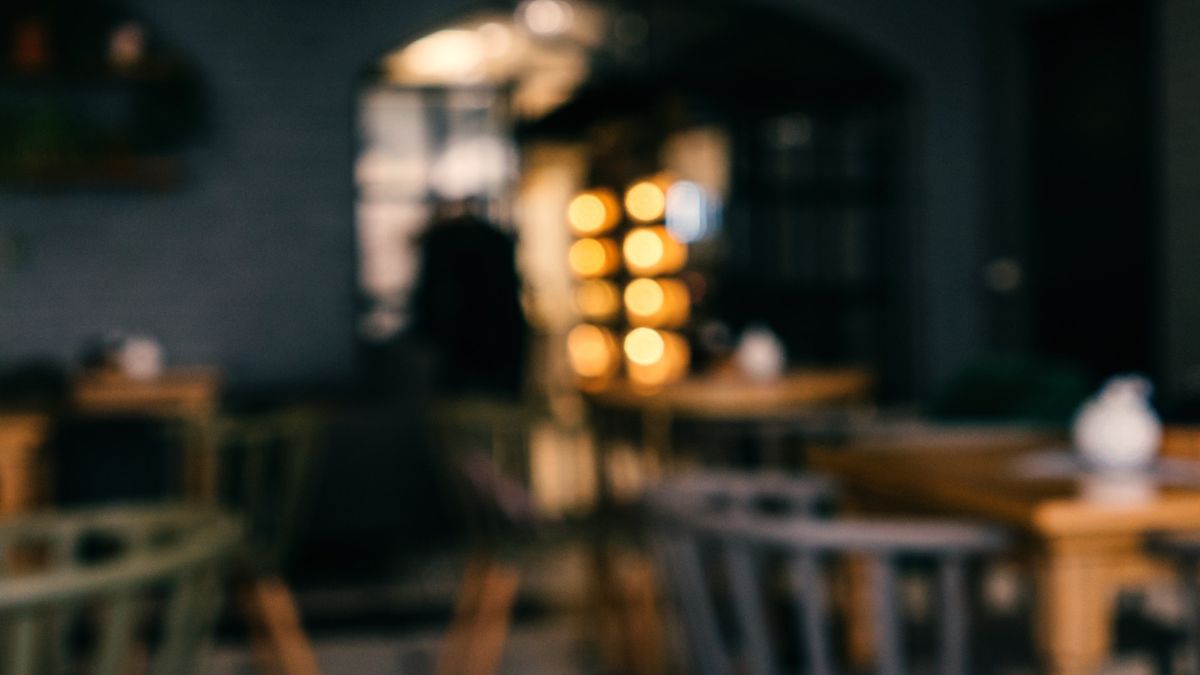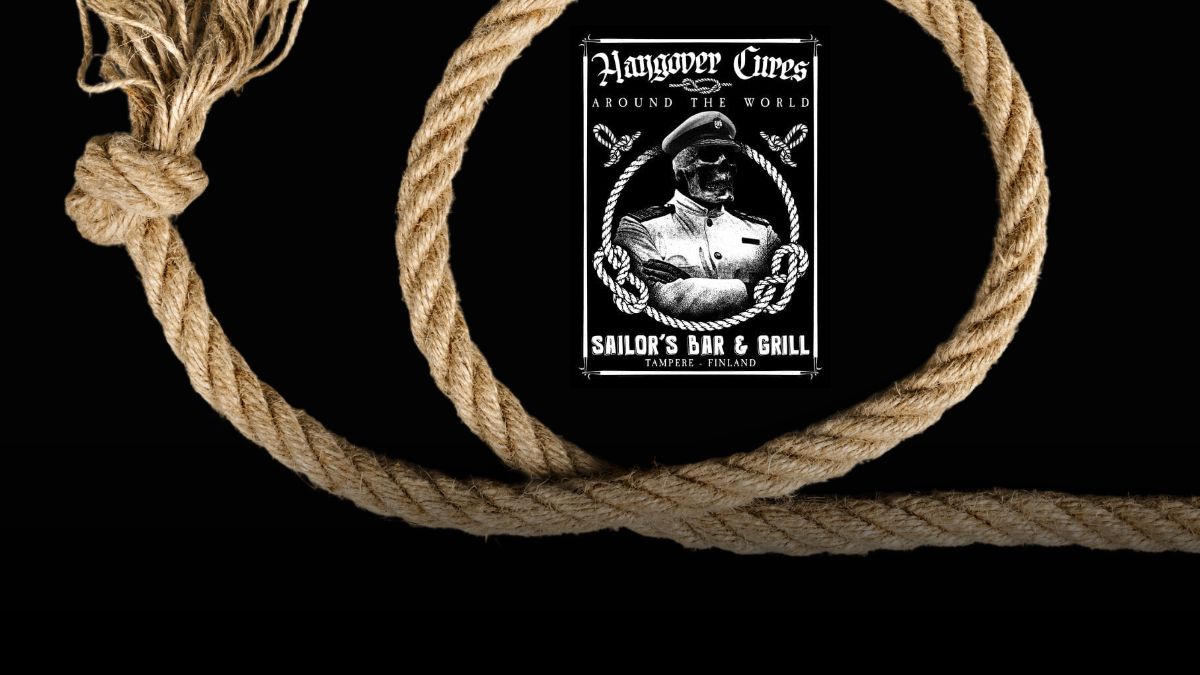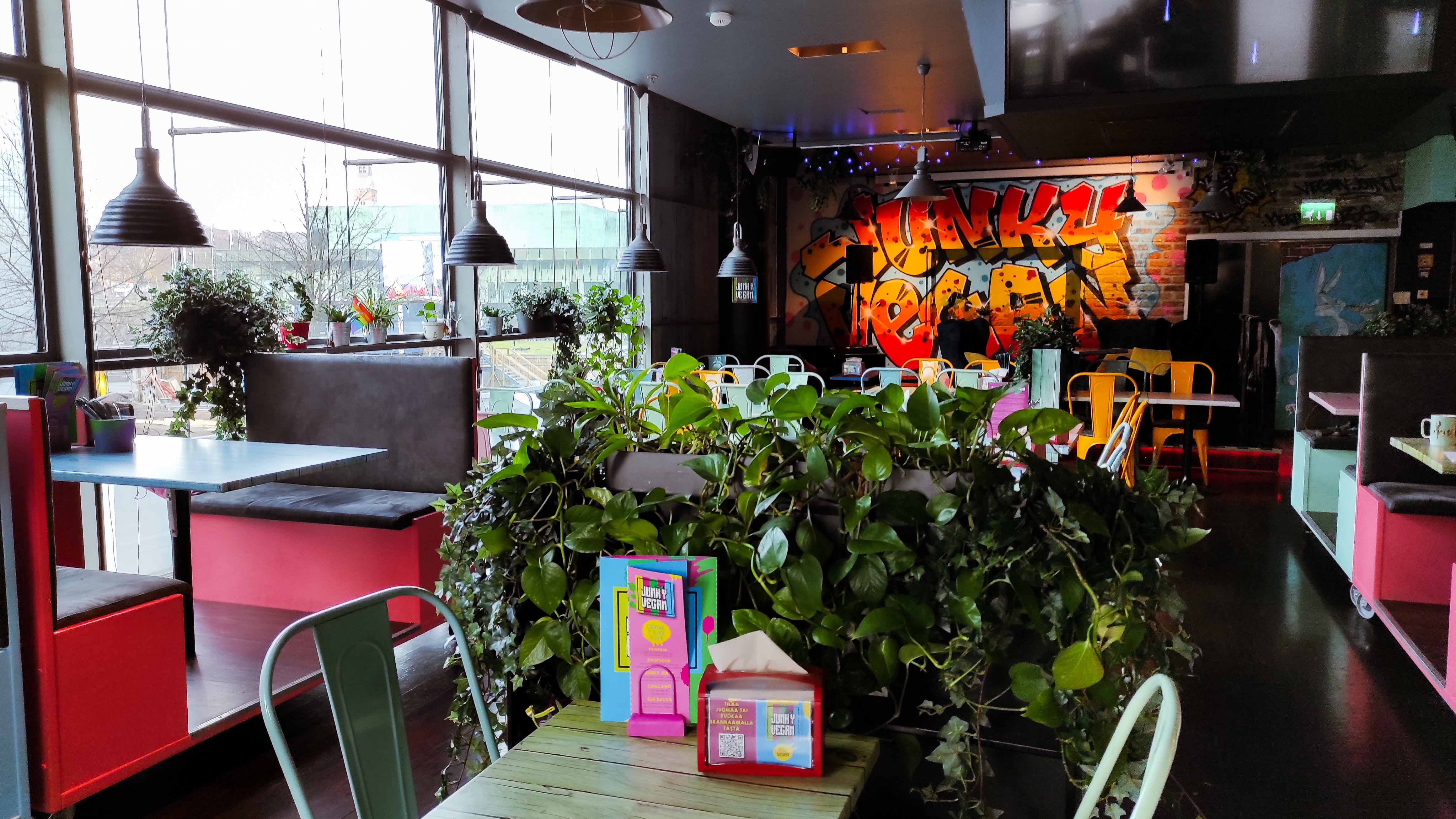Advertising alcohol in a restaurant - advertiser's checklist
As the spring weather arrives, restaurant terraces awaken from their winter slumber, bringing along seasonal drink selections. The sunshine entices customers for After Work gatherings, so it's time to dust off the outdoor furniture and update the advertisements. The drink menu is a crucial factor for a restaurant's sales due to its good profit margin, but caution is necessary in alcohol beverage advertising. To ensure that good sales are not sidelined due to insufficient promotion, we've compiled everything a restaurant needs to know about alcohol beverage marketing.
Here's how you avoid mistakes
The alcohol law contains a long list of regulations to be remembered regarding the marketing and pricing of alcoholic beverages. In addition to legal provisions, Valvira has also published a comprehensive guideline package to support alcohol advertising. Reading through an almost hundred-page guide in the midst of a restaurant's busy schedule might not be at the top of the to-do list, so could mistakes be avoided without wading through lengthy instructions?
Anora, the leading brand house for wines and spirits in the Nordic countries, aims to provide relief with ready-made advertising materials. Since showcasing the selection and advertising new products is crucial for sales, the image and video materials created by Anora are a tangible aid in developing restaurant sales. Restaurants don't need to request ads separately from Anora; instead, they can play them through the free Feelment® Digital Signage service. Utilizing ready-made advertising materials makes sense in every way, as they enable restaurants to enjoy stress-free and efficient advertising.
Why should you use Anora's advertising materials?
1. Compliance with legal regulations made easy
Advertising that is against good practices or misleading is prohibited, a term that encompasses a wide range of details. Therefore, the marketing of alcoholic beverages should be as neutral as possible; for example, ads should not highlight the alcohol content of the drink in a positive way. Expressions like "large" or "small" drink are considered misleading if there is no mention of the actual size of the drink.
In addition to word choices, the placement of images and graphics also matters. This is why creating alcohol advertisements requires careful consideration. However, compliance with legal regulations can be ensured by using ready-made ad images and videos, where details have been pre-thought for restaurants.
2. High-quality advertisements contribute to increased sales.
We previously wrote about the impact of digital signage on restaurant sales. Digital advertising materials are indeed an easy way to boost cash flow, but creating high-quality images and videos understandably takes time. Anora's ready-made advertising materials are carefully designed; the image quality remains sharp even when displayed on a large screen, allowing restaurants to simply enjoy the effectiveness of display advertising.
3. You don't have to worry about brand requirements.
When creating ads on your own, you always need to consider the brand's specific requirements and the copyright of image materials. Brands usually have strict regulations on the types of images and setups allowed in ads. Even logo color combinations and placements are often predetermined. By using ready-made ads, the restaurant doesn't have to worry about the specific requirements of beverage brands or stress about whether they can use the materials.
4. You save time and money
Using ready-made advertising materials saves a significant amount of time; you simply choose the ads that best suit your restaurant and, if you wish, add prices with just one click. Broadcasting ads on digital screens is also cost-effective because the broadcasting is entirely free through Feelment® Digital Signage. Learn more about our service by clicking here.
/Blogi/Blogitekstien%20kuvat/Digital%20Signage/Anora%20x%20Feelment%20-%20Blogi%20-%20Kuva.jpg?width=960&height=540&name=Anora%20x%20Feelment%20-%20Blogi%20-%20Kuva.jpg)
What should a restaurant know about alcohol advertisement?
When advertising alcoholic beverages, it is essential to remember a mannerly and appropriate execution. The advertising should also be targeted towards legal drinking age individuals in a manner that supports moderate consumption. The promotion of strong alcoholic beverages is significantly more restricted than that of mild ones. Regulations must be taken into account in every aspect of marketing, from the physical premises of the restaurant to social media channels.
Strong alcoholic beverages
The marketing of strong alcoholic beverages is only allowed within the premises of the licensed establishment. However, advertisements are not restricted to the designated serving area and can be placed in all areas accessible to the restaurant. Nevertheless, these ads should not be visibly displayed outside the restaurant premises. Advertising cocktails made with strong alcoholic beverages is also prohibited outside the restaurant.
Current regulations permit the publication of price lists for strong alcoholic beverages in both print and online formats. However, these pricing lists must have fixed prices, and the products should be presented uniformly. In practice, this means employing an either-or approach: either all strong beverages have similar product images or none are displayed at all.
Mild alcoholic beverages
In general, mild (up to 22%) alcoholic beverages can be marketed as long as it is done in a respectable manner. Restaurants are allowed to conduct promotions, such as Happy Hour advertising, for mild alcoholic beverages and can place these ads, for example, on the restaurant window, door, or on a stand immediately near the entrance.
Advertising alcohol on social media
Mild alcoholic beverages can be advertised on the restaurant's website and social media. However, when advertising on social media, the restaurant must ensure that consumers cannot share the ads. Comments should also be restricted either by blocking them altogether or by removing consumer comments that are considered alcohol advertising. The use of advertisements containing strong alcoholic beverages, drinks made from them, or their brand names is prohibited both on social media and on the restaurant's website.
Check these before publising the ad
- it is a non-alcoholic or mild beverage
- the advertisement is in accordance with good practice and does not contain misleading information
- the image does not feature underage or clearly intoxicated individuals
- the advertisement does not encourage the consumer to participate in a game, lottery, or competition
- it is not user-generated content
- the sharing function and commenting are disabled, or alternatively, consumer comments considered as alcohol advertising are removed
Share this
You may also like
These related stories.

Increase restaurant sales with Advertising - 5 tips for success.

Sailor's Bar & Grill - A seaman's pub full of atmosphere and sports.

